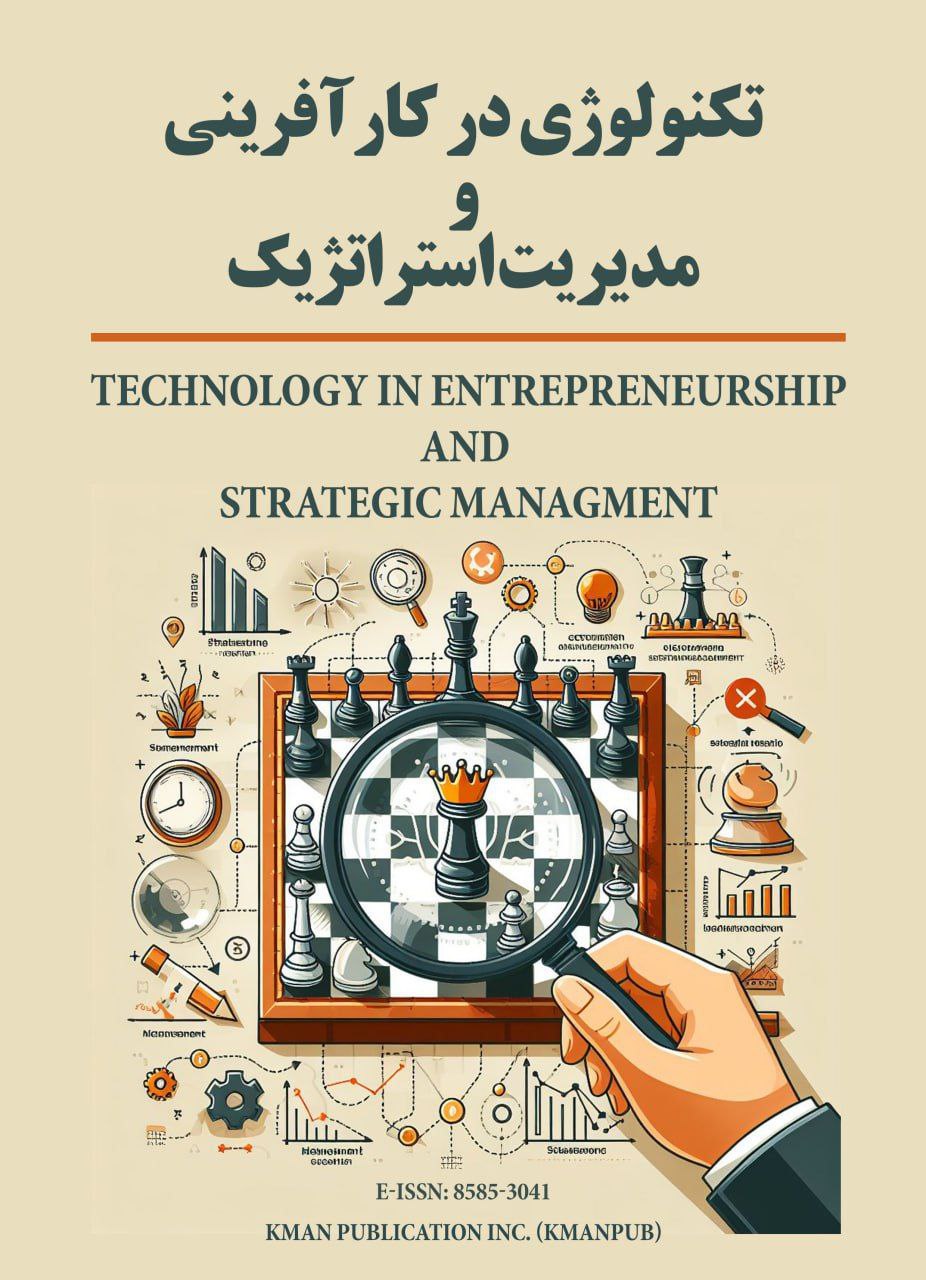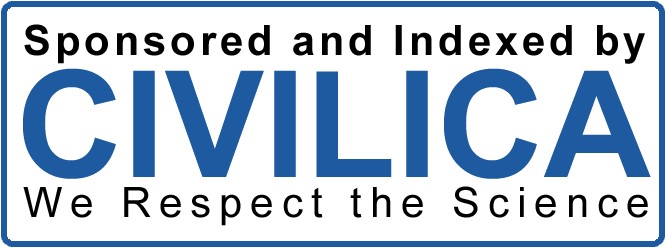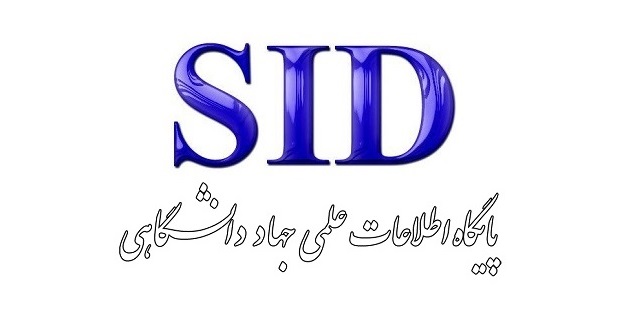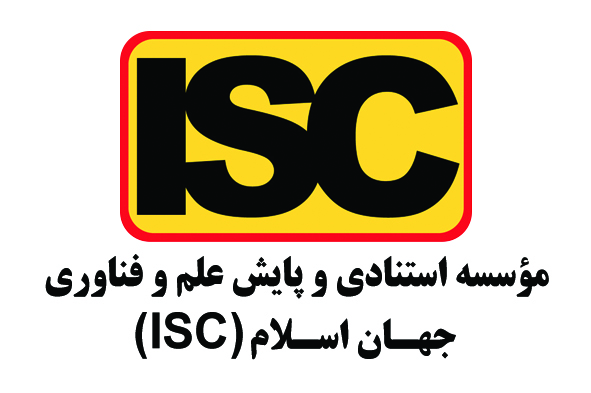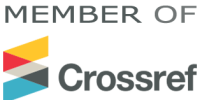Foresight of the Marine Tourism Market in the Southern Coasts of Iran
Keywords:
tourism, marine tourism, development, drivers, Southern coasts of IranAbstract
The aim of the present study is to develop future scenarios for the marine tourism market in the southern coasts of Iran. This research is applied in purpose and descriptive-exploratory in nature. It employs a combination of quantitative and qualitative methods, including content analysis, cross-impact analysis, Cross-Impact Balance (CIB) analysis, and the Schwartz method. The statistical population consists of experts from the private sector, government agencies, and academic institutions. Sampling was conducted purposefully and based on the principle of theoretical saturation. Initial drivers were identified through a review of the relevant literature and were then distributed among the experts via a semi-structured questionnaire. After finalizing the drivers, the MICMAC questionnaire was administered to the experts. Based on the MICMAC output, ten key drivers were identified. Subsequently, 24 probable states were defined for these key drivers with the input of the experts. A matrix was then designed based on the key drivers and completed by the experts using Scenario Wizard software, resulting in the generation of 5,148 possible scenarios. Ultimately, nine plausible and logical scenarios with high internal consistency (categorized into three groups: desirable, static, and critical) were selected by the researcher. The first group of scenarios (desirable) envisions the most optimistic futures for the marine tourism market in the provinces under study. If any of the static scenarios (second category) materialize, the development and advancement of marine tourism in the southern coasts of Iran should not be expected, due to the significant challenges embedded within each of the critical conditions present in these scenarios. Furthermore, the slow pace of progress inherent in static scenarios hinders the realization of projected goals for the future of marine tourism in the studied provinces. If any of the third-category (critical) scenarios were to occur in the future, no growth or development in the marine tourism sector in the target provinces should be anticipated.
Downloads
References
Abedi, M., Farzam, F., Dousti, M., & Honarvar, A. (2022). Obstacles to the development of water-beach sports tourism in Iran. Journal of Tourism Management Studies, 16(54), 207-234. https://tms.atu.ac.ir/article_12792.html?lang=en
Bonyadi, T., Tayebnia, S., & Hamidianpour, M. (2022). Identification and analysis of obstacles to tourism development in the Oman Sea (case study: the coasts of Sistan and Baluchistan province). Journal of Geographical Studies of Coastal Areas, 3(2), 27-47. https://hgscaj.guilan.ac.ir/article_5714.html?lang=en
Chaisumpunsakul, W., & Pholphirul, P. (2018). Does international trade promote international tourism demand? Evidence from Thailand's trading partners. Kasetsart Journal of Social Sciences, 39(3), 393-400. https://doi.org/10.1016/j.kjss.2017.06.007
Costa, J. (2017). How are companies & destinations surfing the wave of global tourism? Strategic question overview. Worldwide Hospitality & Tourism Themes, 9, 588-591. https://doi.org/10.1108/WHATT-09-2017-0055
Dedeh Zadeh Silabi, P., & Ahmadi Fard, N. (2018). Determining the key effective drivers on the development of future-research fertility tourism (case study: the cities of Mazandaran province). Geography and Environmental Sustainability, 9(1), 73-89. https://ges.razi.ac.ir/article_1064.html?lang=en
Diakomihalis, M. (2007). The Impact of Maritime Tourism on the Greek Economy via the Tourism Satellite Account. Tourism and Hospitality Planning & Development, 4, 231-244. https://doi.org/10.1080/14790530701783640
Godovoykh, M., & Ridderstaat, J. (2020). Health outcomes of tourism development: A longitudinal study of the impact of tourism arrivals on residents' health. Journal of Destination Marketing & Management, 17, 100462. https://doi.org/10.1016/j.jdmm.2020.100462
Gursoy, D., Ouyang, Z., Nunkoo, R., & Wei, W. (2019). Residents' impact perceptions of and attitudes towards tourism development: A meta-analysis. Journal of Hospitality Marketing & Management, 28(3), 306-333. https://www.tandfonline.com/doi/full/10.1080/19368623.2018.1516589
Haj Agha Memar, H., Rahim Nia, F., & Khorakian, A. (2012). Global business network scenario planning. Strategic Management Studies, 16, 61-87. https://www.sid.ir/paper/181507/en
Haji-Nejad, S., Azimi, A., & Golestani, M. (2024). Investigating the Impact of Coastal Tourism on the Environmental Sustainability of Bandar Abbas. Ecohydrology Journal, 11(4), 477-493. https://journal.ut.ac.ir/article_99726.html?lang=en
Khandel, M., & Najm al-Dini, N. (2016). Identifying the areas of marine tourism development in Hormuz Island using SWOT model and QSPM technique. Tourism Space Quarterly, 6(23), 115-134. https://ensani.ir/fa/article/518458/
Lenzen, M., Sun, Y. Y., Faturay, F., Ting, Y. P., Geschke, A., & Malik, A. (2018). The carbon footprint of global tourism. Nature Climate Change, 8(6), 522-528. https://doi.org/10.1038/s41558-018-0141-x
Martínez Vázquez, R. M., Milán García, J., & De Pablo Valenciano, J. (2021). Analysis and Trends of Global Research on Nautical, Maritime and Marine Tourism. Journal of Marine Science and Engineering, 9(1), 93. https://doi.org/10.3390/jmse9010093
Nazari, V., Gholami, M., Amini-Nejad, G., & Mozaffari, H. (2024). Key Factors in Determining the Managerial Approach to Sustainable Coastal Tourism Destination Branding (Case Study: Bushehr). Geography and Regional Development, 22(1), 121-151. https://jgrd.um.ac.ir/article_44322.html
Nikdel, N., & Moslemi Pourlalemi, P. (2024). Prioritizing tourism attractions in rural and coastal areas of Soume'eh Sara from the tourists' perspective. Journal of Applied Tourism Research, 1(1), 61-74.
Postma, A. (2015). Investigating scenario planning - a European tourism perspective. Journal of Tourism Futures, 1(1), 46-52. https://doi.org/10.1108/JTF-12-2014-0020
Rastgari, M., Ebrahimi Jamnani, L., Haqzad, A., & Bozorgmehr, K. (2023). Presenting a model for establishing electronic tourism in the development of coastal cities in Mazandaran Province with a grounded theory approach. Geographical Research, 151, 26-36.
Saeedpour, S., & Behboodi, M. R. (2016). Application guide for scenario wizard software (compilation of organizational strategies with a scenario approach). Hormozgan University Publications.
Salmani, M., & Ahmadian, M. (2022). Trends in Iran's tourism industry, strategic management and future research. Strategic Management and Future Research, 5(1), 45-73. https://journal.tolouemehr.ac.ir/article_154802.html?lang=en
Sarai, M. H., Alizadeh Shurki, Y., & Rezaei, M. R. (2021). Identifying the key drivers effective in sustainable tourism and developing the most favorable scenario (case study: historical city of Meybod). Geographical Explorations of Desert Regions, 8(1), 113-131. https://grd.yazd.ac.ir/article_1928.html?lang=en
Scott, D., Simpson, M. C., & Sim, R. (2012). The vulnerability of Caribbean coastal tourism to scenarios of climate change related sea level rise. Journal of Sustainable Tourism, 20(6), 883-898. https://doi.org/10.1080/09669582.2012.699063
Shafi Abadi, H., Yousefi, H., & Kuhbor, M. A. (2018). Review and ranking of factors affecting the development of maritime travel and tourism (case study: Persian Gulf terminal, Khorramshahr port). Scientific-Research Quarterly of Maritime Sciences and Techniques, 20(4), 63-75. https://jmst.kmsu.ac.ir/article_87777.html?lang=en
Sharif-Pour, H. (2024). Strategies for Coastal Tourism Management in Mazandaran Province and Its Impact on Economic Security Development. Tourism Planning and Development. https://tourismpd.journals.umz.ac.ir/article_4972.html?lang=en
Silva, F. B., Herrera, M. A. M., Rosina, K., Barranco, R. R., Freire, S., & Schiavina, M. (2018). Analyzing spatiotemporal patterns of tourism in Europe at high resolution with conventional & big data sources. Tourism Management, 68, 101-115. https://www.sciencedirect.com/science/article/pii/S026151771830044X
Sumantri, D., & Rahmat, T. (2023). Increasing Tourist Intention to Visit of Coastal and Marine Tourism Visits Through Digital Marketing. Jurnal Manajerial, 10(01), 81. https://doi.org/10.30587/jurnalmanajerial.v10i01.4651
Zargami, B. (2024). Strategy for Coastal and Marine Tourism Development in the Makran Coastline. Political Space Planning, 6(4), 21-38. https://psp.modares.ac.ir/article-42-74121-en.html
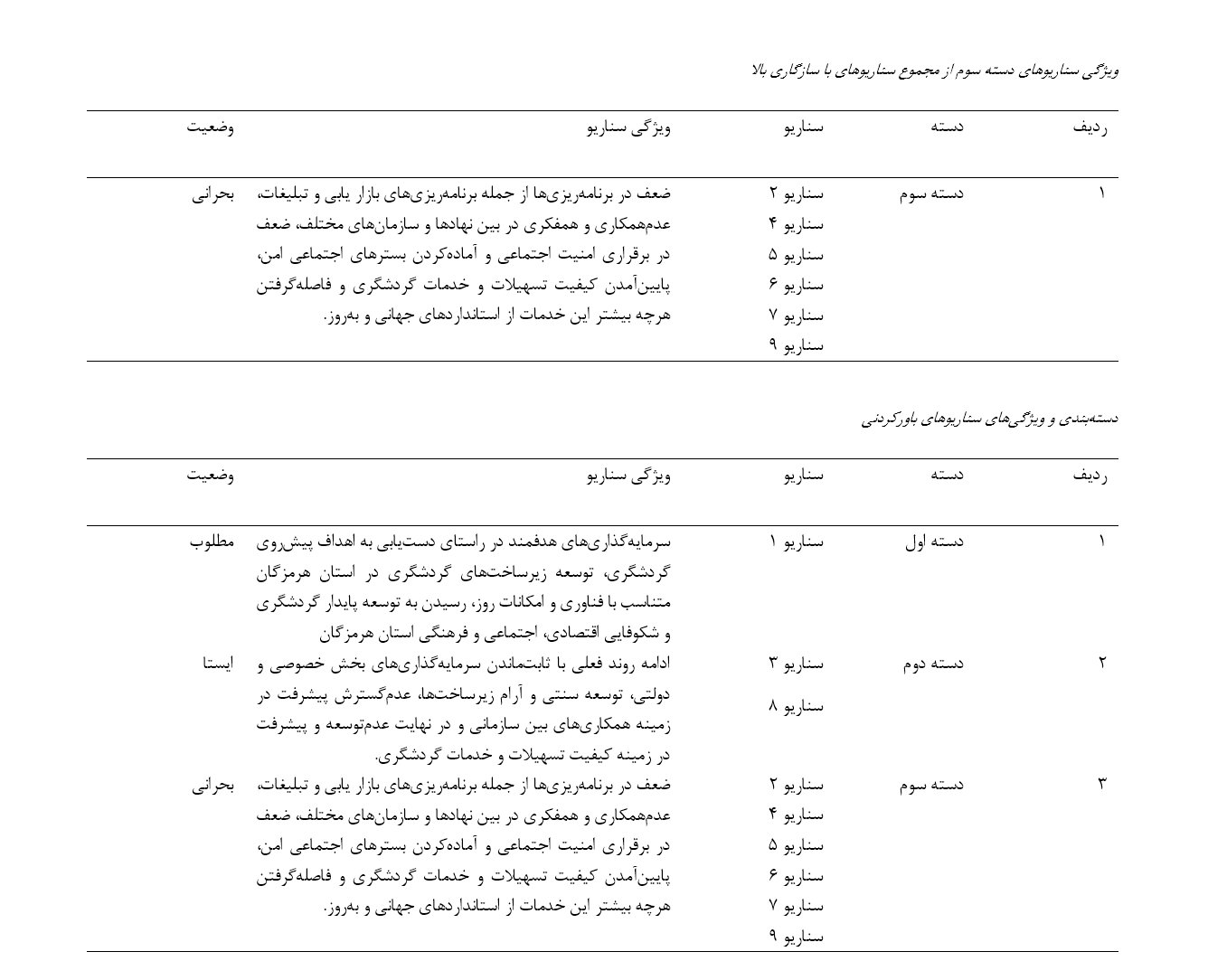
Downloads
Published
Submitted
Revised
Accepted
Issue
Section
License
Copyright (c) 2025 Sedigheh Mozafar, Vahid Makkizadeh, Sohail Dadkhah (Author)

This work is licensed under a Creative Commons Attribution-NonCommercial 4.0 International License.
